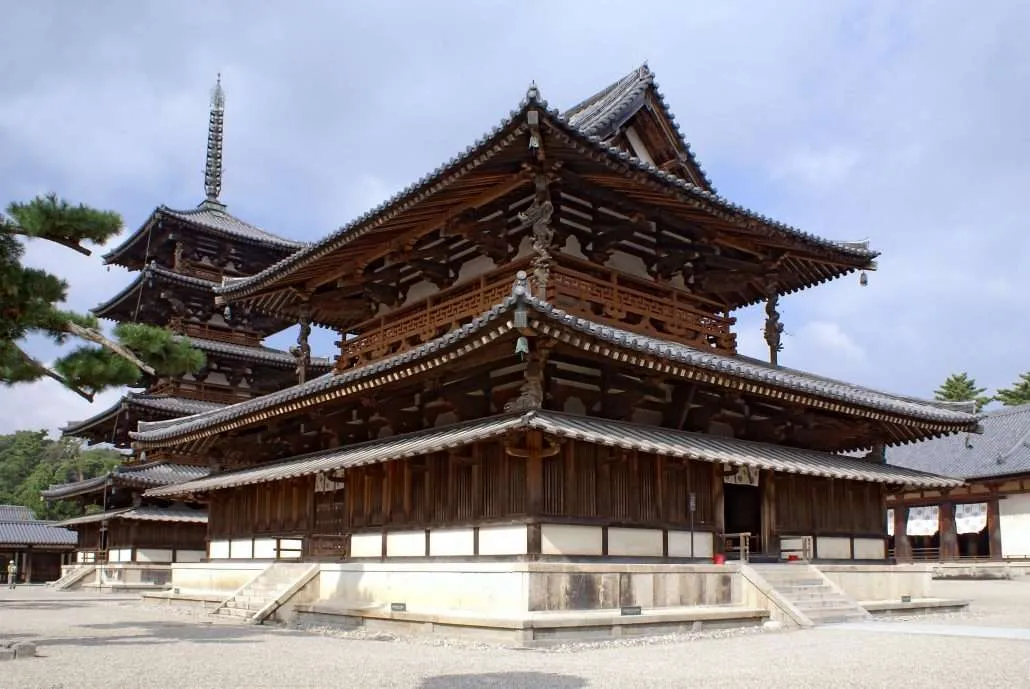Hi Folks,
I remember years ago reading that, generally, a beautiful boat will sail well, an ugly one won't.
Am guessing this holds true for furniture - good lucking furniture will stand the test of time.
There was an article in Fine Homebuilding about a furniture maker who was using both
wood strength tables and
physical testing:
) dropping chairs from a certain height,
) jumping up and down on tables,
) multiple joint options were tested to destruction, etc.,
to design furniture that was both strong and light.
I've read that Ikea does extensive furniture design analysis to
maximize their profit with a minimum of wood, machining, glue, etc.
Over the years, my design approach has been a bit on the over-built end.
Are there any book or online resources for design strength information like this?
Thanks and good health, Weogo




 Reply With Quote
Reply With Quote


 )
) 






